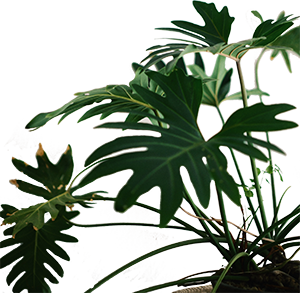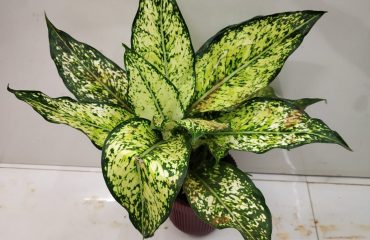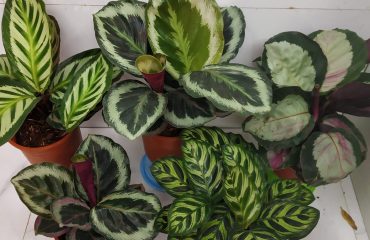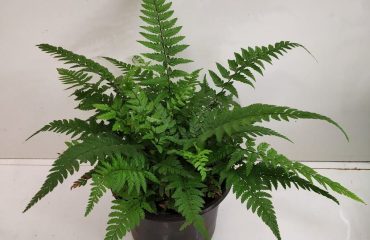How to care for your Monstera

Monsteras are unique, easygoing houseplants whose dramatic leaves are adorned with dramatic hole formations. Monsteras are vining plants and love to trail over the pot or climb along a stake or trellis.
Where to Grow
Monstera deliciosa plants like standard indoor temperatures , and prefer high humidity and filtered, indirect light. They can be grown outdoors in a shaded location as a climbing, evergreen perennial, Too much harsh sunlight can result in scorching, but if it doesn’t get enough the plant may not develop as many perforations in its leaves.
Care and Planting
Plant in a peaty, well-draining soil in a pot with drainage holes. Monstera deliciosa is a climber in its natural habitat, using its aerial roots to cling to large trees, so you should provide it with moss-covered support sticks or a trellis. If its aerial roots get unruly you can trim them, but it’s best to just tuck them back into the pot. They’re not the type of roots that damage walls or surfaces. Water when the top quarter-to-third of the soil feels dry to the touch. Standard liquid plant fertilizer can be applied about once a month during the spring and summer growing season. Keep leaves clean and dust-free by washing with a cloth dipped in a solution of a drop of dishwashing detergent in a few cups of water. Though it’s not required, the plant also appreciates regular misting of its leaves. When Monstera deliciosa outgrows its current pot (about every two years), transplant to a new pot a few inches larger in diameter and depth than the old one.
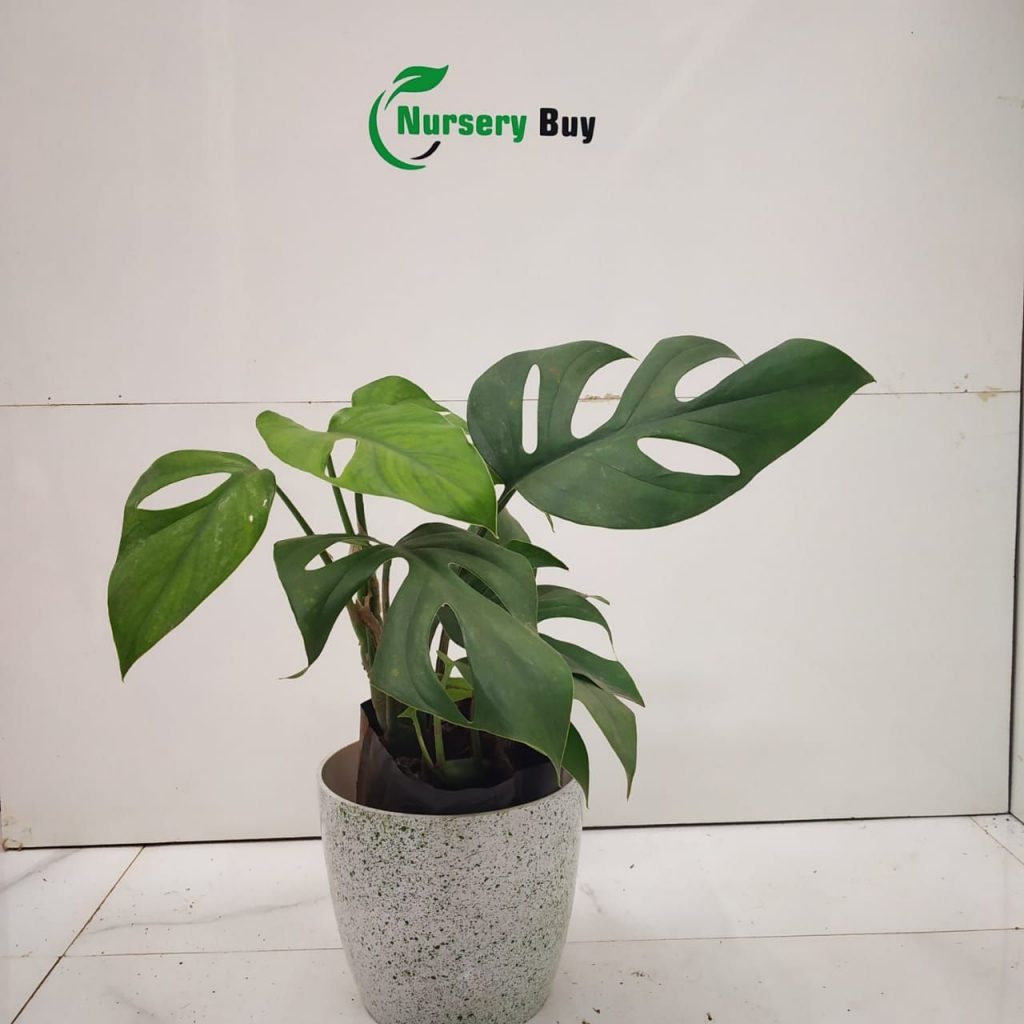
Monstera are species of evergreen tropical vines/shrubs that are native to Central America. Monsteras are famous for their natural leaf-holes, and has led to the rise of its nickname, Swiss Cheese Plant. Two different species of Monstera are cultivated as houseplants – Monstera deliciosa and Monstera adansonii. Monstera adansonii is distinguished from M. deliciosa by having longer, tapering leaves, as well as having completely enclosed leaf holes. Monstera deliciosa leaf holes eventually grow towards the edge and open up as they mature.
General Care
Sunlight
Thrives in bright to medium indirect light. Not suited for intense, direct sun.
Water
Water weekly. Allow potting mix to dry out before watering. Soil about 1-2” down should be dry to touch. Water more frequently during warmer months and fertilize during growth.
Humidity
Normal room humidity will do, but prefers humid conditions if possible.
Temperature
18°C-30°C. It’s best not to let it go below (15°C).
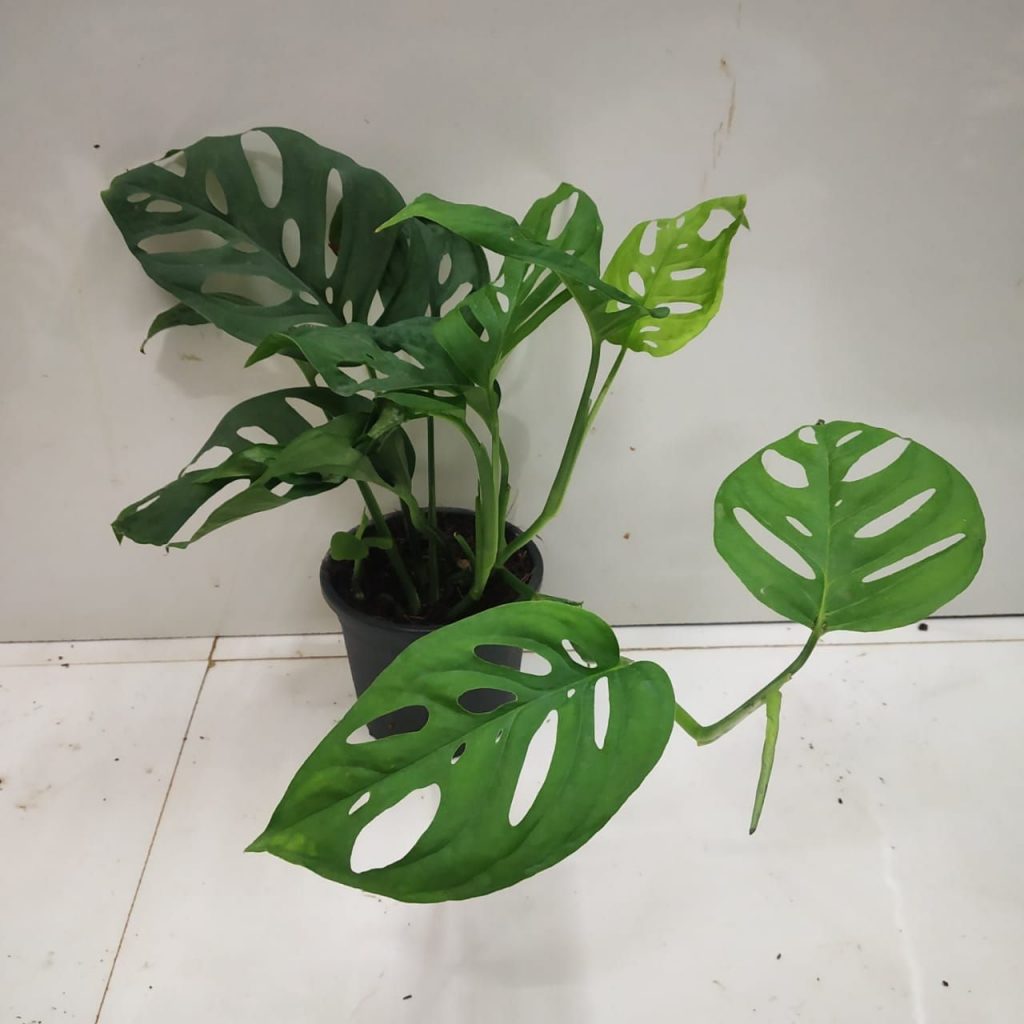
Common Problems
It is an easy-going plant and is generally pest-free. Treat pests as soon as they appear with weekly sprays of horticultural (neem) oil and regular wipe-downs of the plant.
SYMPTOM: Leaves turning brown and crispy at leaf edges
CAUSE: Undewatered or high salt build up
SYMPTOM: Wilting while potting mix is dry
CAUSE: Under watered OR pot-bound. Trim leaves or re-pot if watering doesn’t fix the wilting.
SYMPTOM: Yellowing, with bright yellow leaves and/or black stems while potting mix is wet.
CAUSE: Overwatered
SYMPTOM: Leaves curling, but still green
CAUSE: Rootbound, underwatered. Overwatered if accompanied by yellow leaves. Possible cold shock.
Precautions
Irritating to cats, dogs, and humans only if foliage consumed. Fruit is edible to humans. Best practice is always to keep houseplants out of reach of small children and pets.
PRO TIP: Monsteras are climbing plants and love to ascend vertical surfaces. If you want to grow your Monstera tall instead of wide, use stakes or moss sticks to guide its growth upward.
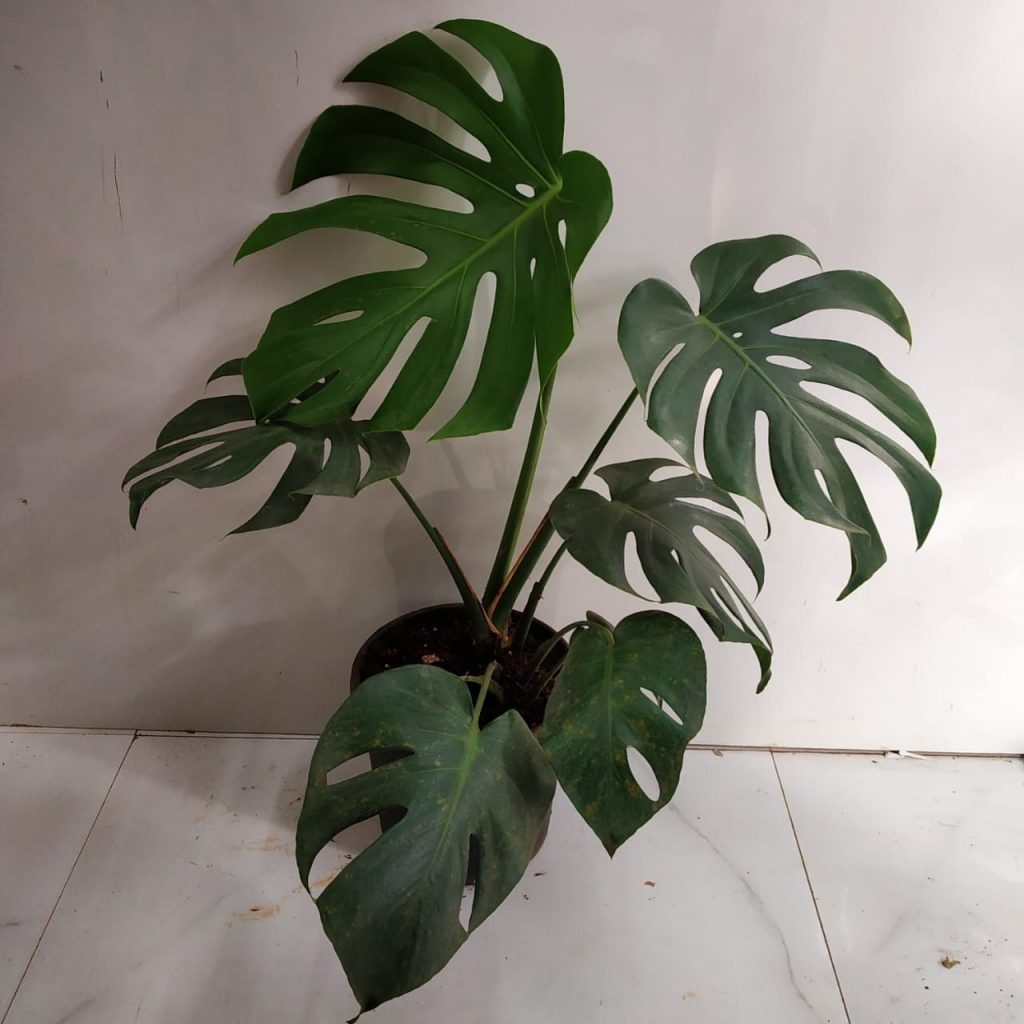
Frequently Asked Questions
Help! My Monstera is turning yellow.
- Most often yellowing occurs due to over or underwatering. If you see a combination of yellow and brown on the same leaf, it is typically due to overwatering. If fully yellow leaves, along with some brown crispy spots on additional leaves occur then it could be underwatering. Check in with the soil to determine if it matches your diagnosis.
There are these weird, leafless brown growths coming off of my Monstera. Is that normal?
- Yes! These are aerial roots and they are totally normal. In nature, these are what helps give support to the plant and allow it to climb and reach more light. The roots will not damage walls or surfaces, and you can always prune them if they get unruly.
My Monstera isn’t forming splits or holes on its leaves. What’s the deal?
- This can be caused by many different factors, but generally it means your plant doesn’t have ideal conditions. Check in with the amount of light and water it is receiving, and adjust as needed. You can also take your plant’s aerial roots and push them down into the soil so the plant can absorb more nutrients. Keep in mind, your plant will only develop holes on its more mature leaves, so sometimes you just have to exercise patience.
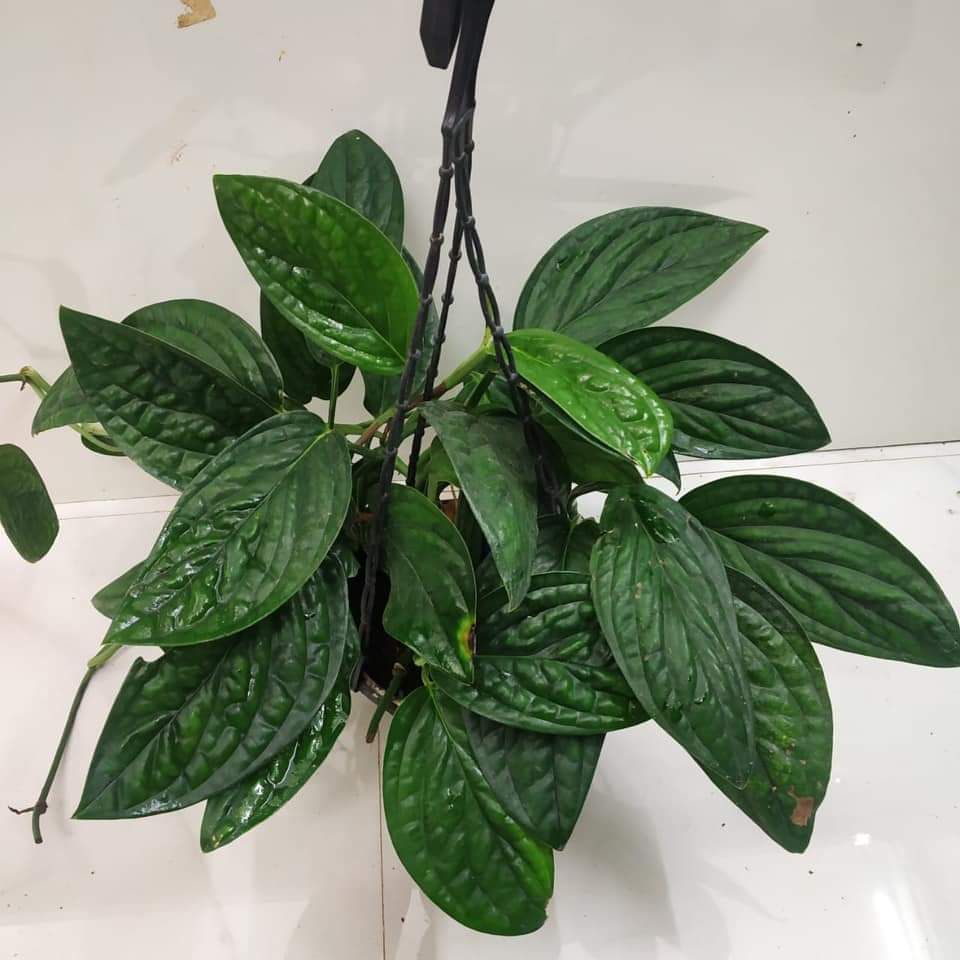
My Monstera has gotten way too big. What can I do?
- Prune it back! These guys are very hardy and can handle a good trim. You can also train your Monstera to grow whichever way your heart desires by using stakes and ties.
How often should I fertilize my plant?
- In general, house plants will thrive when they are fertilized spring through fall. Fertilize once a month with an organic houseplant fertilizer, following the package instructions for dilution and administration. Greenery NYC uses an organic potting mix with a slow release fertilizer in the soil, so your plant will not need fertilizer within the first 6 months of receiving it.
How often does my plant need to be repotted?
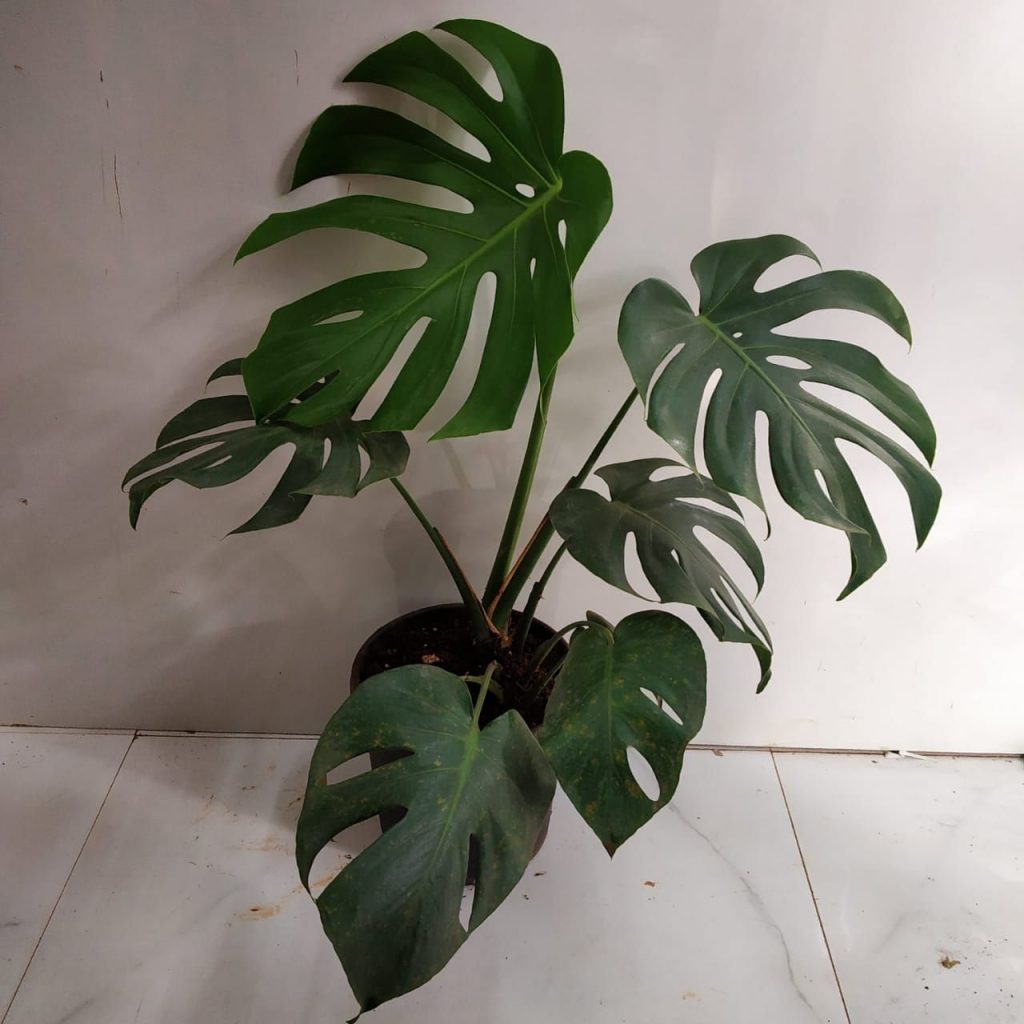
- For larger floor plants, we suggest repotting every 18-24 months. Typically you want to choose a potting vessel 2”- 4” larger in diameter to allow for growth. Don’t choose a pot much larger than the previous as this could drown the plants roots. If you prefer to maintain the current size of your plant, repot into the same vessel, providing new soil and trimming away some roots and foliage. Spring or summer is the ideal time to repot as the plant is at its strongest.


